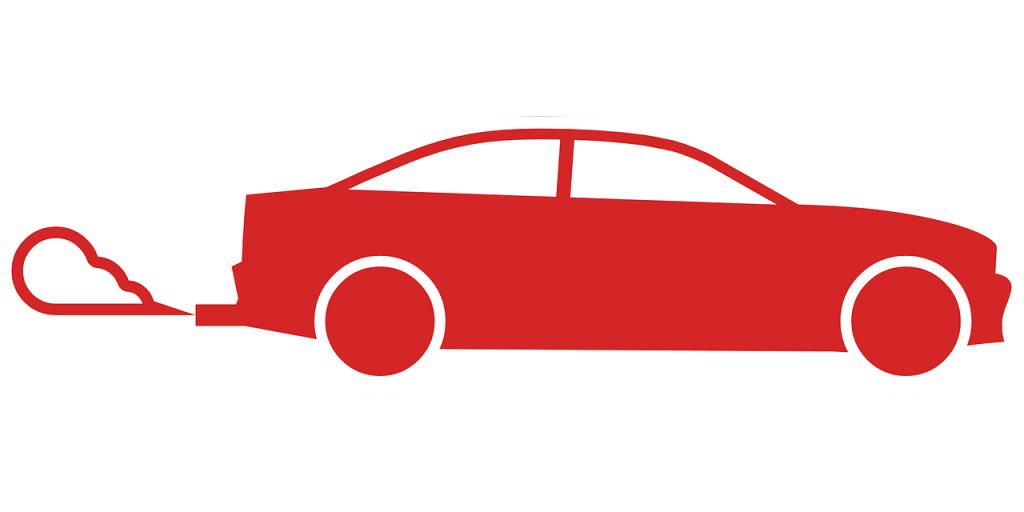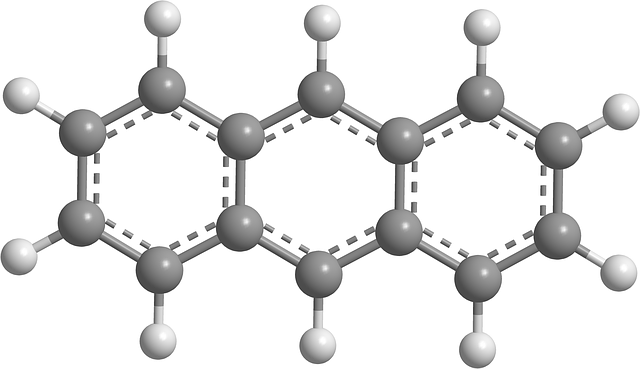From July 1st, 2020, the voluntary German GS Mark certification requires new evaluation and specifications for the restriction of polycyclic aromatic hydrocarbons (PAHs).

The Committee for Product Safety, or Der Ausschuss für Produktsicherheit (AfPS) in German, published the original GS mark requirements on August 4th, 2014, as standard AfPS GS 2014:01 PAK. Later, they revised it on May 15th, 2019, to make standard AfPS GS 2019:01 PAK, replacing the original.
In sort, the GS Mark applies to various product categories, including:
Furthermore, additional consumer products for children fall into the standard’s scope, among other new modifications. As a result, if you manufacture, export, or distribute devices for kids, such as toys, in Germany, you may want to consider the GS Mark specifications.

First, Polycyclic aromatic hydrocarbons (PAHs) are a group of toxic chemicals. They bind to air particles, and breathing them in repeatedly may cause:
Moreover, PAHs in the air irritate the eyes. In addition, air particles with PAHs attached to them may pass through our skin.
Finally, another source of exposure is eating burnt meats or food on which the PAH-bonded air particles have settled.
Generally, PAHs enter the atmosphere by burning:

Therefore, PAH sources include wood smoke, cigarette/cigar smoke, and motor vehicle exhaust.
Examples of products containing traces of PAHs include:

First, the GS body for GS Mark certification does a risk assessment to determine which product surfaces to test. In other words, they see to which parts of the product the requirements apply.

Specifically, the GS requirements pertain to surfaces of the product that the consumer may directly touch. They do not apply to inaccessible areas or regions only accessible with tools.
Second, the GS body examines the product parts considered relevant. The maximum limit of PAH concentration ranges from 0.2 mg/kg to 50 mg/kg, depending on the particular substance and product application.
Third, based on test analysis, the GS body determines whether the product meets the qualifications for a GS mark.
Essentially, PAHs considered in AfPS GS 2019:01 PAK include:

As mentioned above, the maximum PAH concentration limit depends on the chemical and product usage. For the latter, there are three categories:

More details are available on standard AfPS GS 2019:01 PAK.
Finally, other policies and regulations applicable in Germany include:
Should you have any questions or need assistance, don’t hesitate to contact Enviropass.